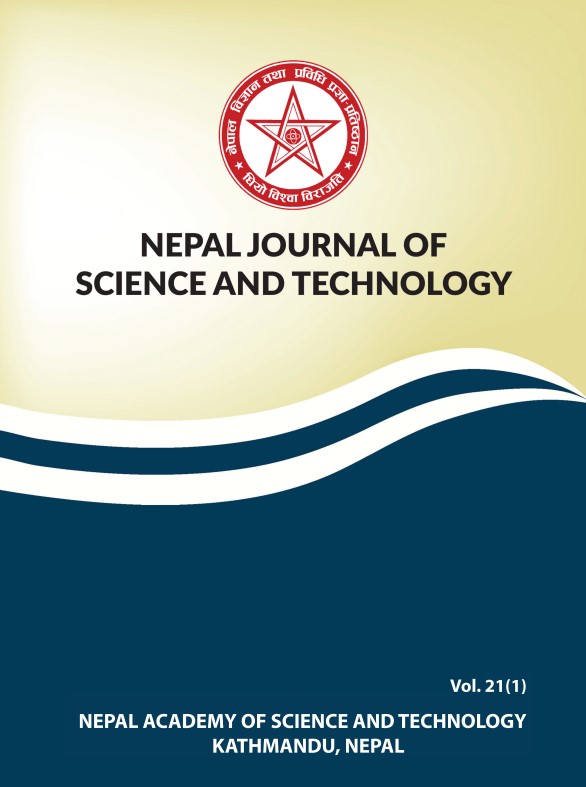Fall Armyworm: Current Status in Nepal, its Management and Way Forward
DOI:
https://doi.org/10.3126/njst.v21i1.49960Keywords:
Invasive, Lepidoptera, Maize, PestAbstract
Fall armyworm (FAW), Spodoptera frugiperda (J. E. Smith) (Lepidoptera: Noctuidae), is an economically important invasive pest species primarily infesting maize. It is highly polyphagous and migratory in nature, posing a threat to several economically important crops. This pest has traveled a long journey from the American continent to Asia via Africa. This insect has inflicted substantial damage to Maize’s crop productivity of Maize in Nepal, since its introduction in May 2019 and has now become widespread from plain regions to hilly regions of the country. Therefore, this pest problem is considered a major issue for research and development in the country. The lessons from world research and development in the fall armyworm management could be adapted and used in Nepal after its proper validation. In order to identify the current status of fall armyworm in Nepal and the management of the insect species, we have discussed overviews on biology, ecology, origin and distribution pathway, management, and way forward, focusing on sustainable measures which could be useful for designing integrated pest management of fall armyworm in Nepal since knowledge gap is large.
Downloads
Downloads
Published
How to Cite
Issue
Section
License
Copyright (c) 2022 Sushil Nyaupane, Ram P Mainali, Sagar Kafle, Ajaya SR Bajracharya

This work is licensed under a Creative Commons Attribution-NonCommercial 4.0 International License.
Authors retain copyright and grant the journal right of first publication.




